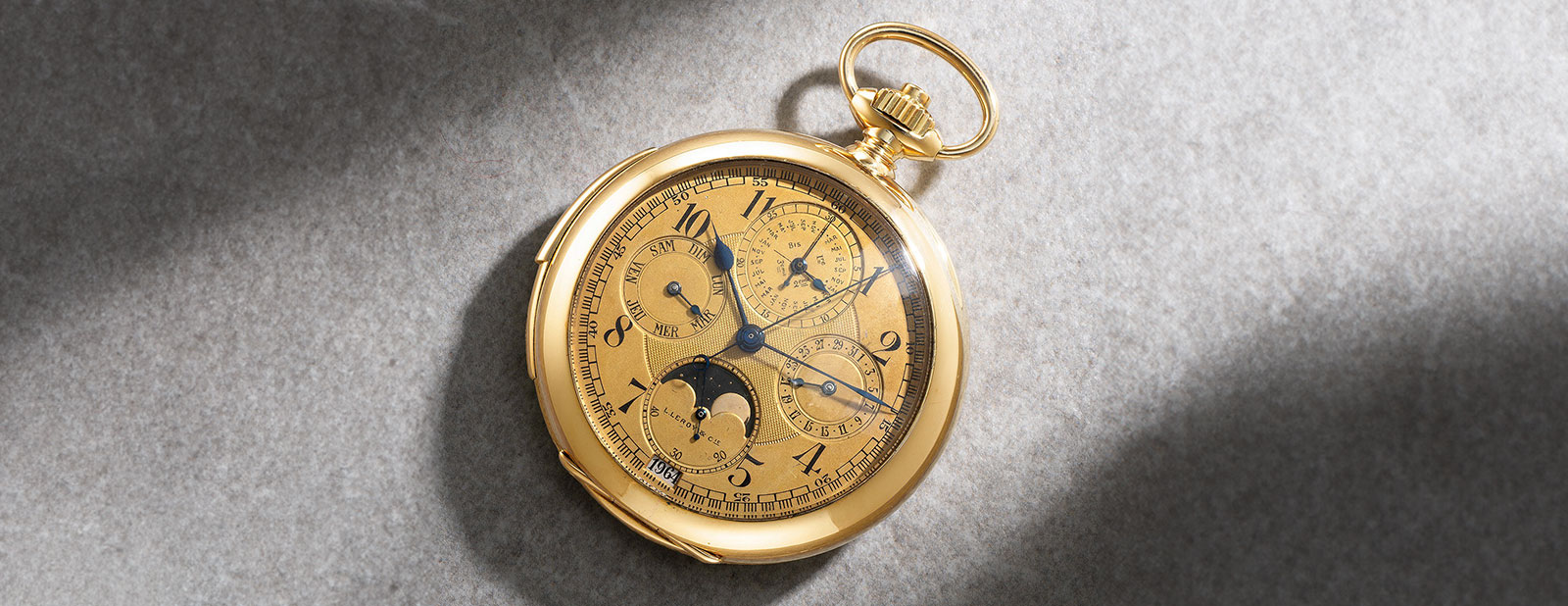In the year of its 240th anniversary, L.Leroy stands poised to reclaim its throne atop the realm of haute horlogerie with a triumphant resurgence. Under the visionary leadership of Miguel Rodríguez, Chairman of the Festina Group, and the stewardship of Hugo Lesizza, the maison made their return at Geneva Watch Days 2025. The milestone was marked by the debut of a brand-new double complication: the Osmior “Bal du Temps.” This elegant timepiece brings together a flying tourbillon and a minute repeater inside a 43mm case offered in red gold, platinum, or titanium. Powering it is the hand-wound Calibre L610SQ, made up of 321 components and boasts 90 hours of power reserve.
L.Leroy Osmoir Bal du Temps in red gold
The Osmoir Bal du Temps runs on the manual-winding caliber L610SQ
Visually, it’s a refined nod to L.Leroy’s heritage — the Osmior line’s signature tambour case makes a graceful return, complemented by sunray-finished dials in tones unique to each metal. Details like the engraved double “L” crown, chamfered lugs, and intricate finishing underscore the maison’s neoclassical elegance with a distinctly modern polish.
240 years of French watchmaking
In 1747, as Versailles whispered beneath the rustle of silk and the Encyclopédie began to take shape, a young Basile Le Roy, just sixteen, crossed the threshold of master Joseph Quétin’s Parisian atelier. With his apprenticeship contract in hand, this Burgundian youth joined the delicate symphony of French watchmaking — an art then sculpted by royal mathematicians and the salons of the elite.
An Empire chariot clock of eight day duration by Basile-Charles Le Roy, Paris, date circa 1807-10 (Image: Richard Redding Antiques)
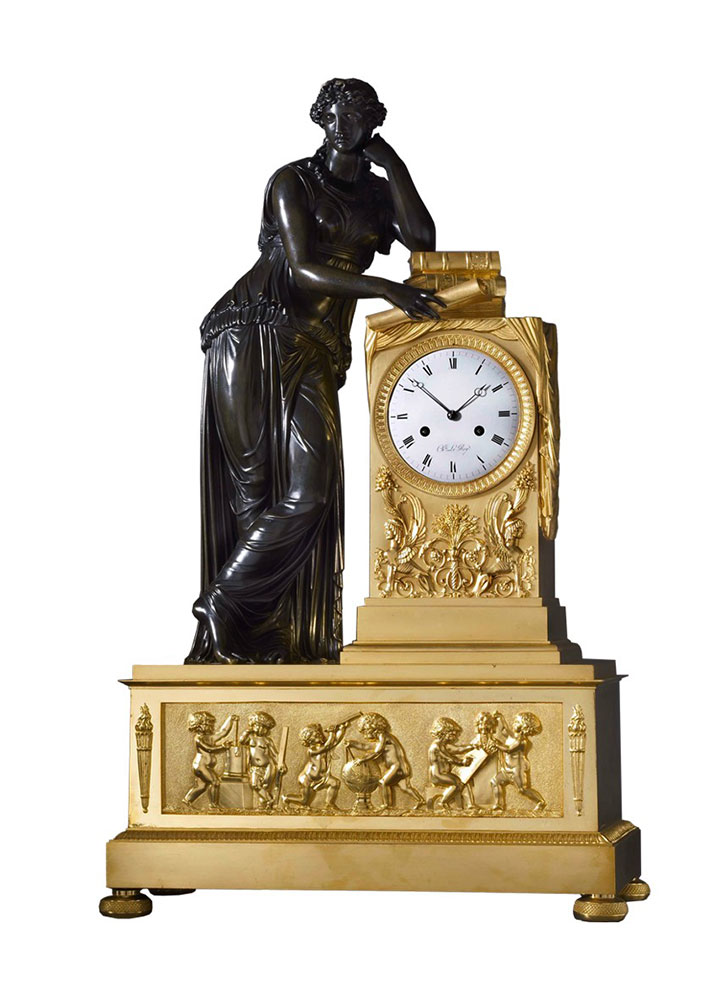 An Empire Figural Mantel Clock By Basile Charles Le Roy, circa 1815 (Image: Antic Store)
An Empire Figural Mantel Clock By Basile Charles Le Roy, circa 1815 (Image: Antic Store) 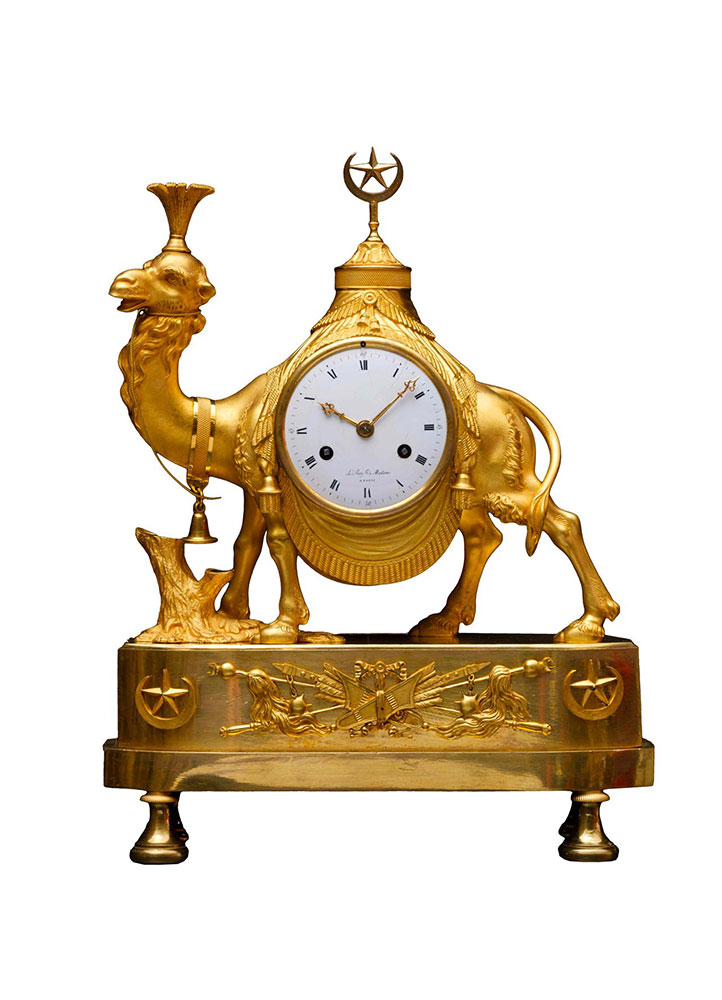 An Empire gilt bronze pendule ‘au dromadaire’ by Basile-Charles Le Roy, circa 19th century (Image: Antic Store)
An Empire gilt bronze pendule ‘au dromadaire’ by Basile-Charles Le Roy, circa 19th century (Image: Antic Store)
The France of the Ancien Régime was intoxicated by precision. Charles-Basile Le Roy, imbued with this fervor, founded L.Leroy alongside his father in 1785 beneath the newly unveiled arcades of the Palais-Royal. From its inception, the maison was anointed Horloger du Roi —Watchmaker to the King— entrusted with measuring the fleeting moments of Louis XVI and, soon after, Marie Antoinette, cementing its prestige within the royal court. These were the inaugural patrons of a lavish roster that would later include luminaries such as Napoleon, Proust, Matisse, Roosevelt, Chopin, Nobel and Bugatti, among others.
 A small gold pocket watch (circa 1875) that incorporates enamel and diamonds
A small gold pocket watch (circa 1875) that incorporates enamel and diamonds  The caseback bears the inscription “To the Queen”
The caseback bears the inscription “To the Queen”
In 1828, Charles-Basile and his son Charles-Louis, under the banner of Le Roy & Fils, expanded the enterprise, collaborating with the watchmaking ateliers of the Swiss Jura to meet military demands. In 1835, the French Admiralty designated Leroy as watchmaker to the Ministry of the Navy, forging an indelible bond with the sea; its chronometers braved turbulent waters in pursuit of longitude. Two decades later, in 1863, Queen Victoria bestowed the royal warrant, crowning the Parisian maison with British laurels. These honors proclaimed Leroy unrivaled in the art of exact measurement, a supremacy affirmed by 384 gold medals in chronometry — a record that continues to gleam with unmatched brilliance.
Established in Paris in 1785 by Charles Leroy (Image: L.Leroy & Cie.)
L.Leroy & Cie. marine chronometer, No. 1252, 90mm in diameter with a mahogany case. The sophisticated movement used a detent escapement and a fusée-and-chain transmission
The Leroy 01 was one of the most complex watches ever built
The pinnacle arrived in 1900. Louis Leroy, grandson of Charles-Basile, unveiled the Leroy 01 at the Paris Universal Exhibition: a pocket watch adorned with 975 components, 24 complications and a dial that revealed sidereal, mean and decimal time with baroque splendor. For eighty-nine years, it reigned as the world’s most complex timepiece, outshining even Patek Philippe’s Caliber 89. The Saint-Amour square in Besançon, cradle of French marine chronometers, became its sacred haven, where Charles Piguet refined the ébauche with a devotion bordering on the liturgical.
The impressive Leroy 01 from 1900, then the world’s most complicated watch with 24 functions
A renaissance in the year of its 240th Anniversary
Following the passing of Louis and his brother Léon, co-directors of the maison, in 1935, L.Leroy retreated to the serene address of 4 Rue du Faubourg Saint-Honoré, where it lingered in intermittent silence until 1980, slumbering until 2004, when Miguel Rodríguez, at the helm of the Festina Group, rekindled its flame.
 The pendant tact watch made by Leroy for Prince Emil Maximilian Leopold August of Hesse, circa 1810. It is currently exhibited in the Patek Philippe Museum
The pendant tact watch made by Leroy for Prince Emil Maximilian Leopold August of Hesse, circa 1810. It is currently exhibited in the Patek Philippe Museum 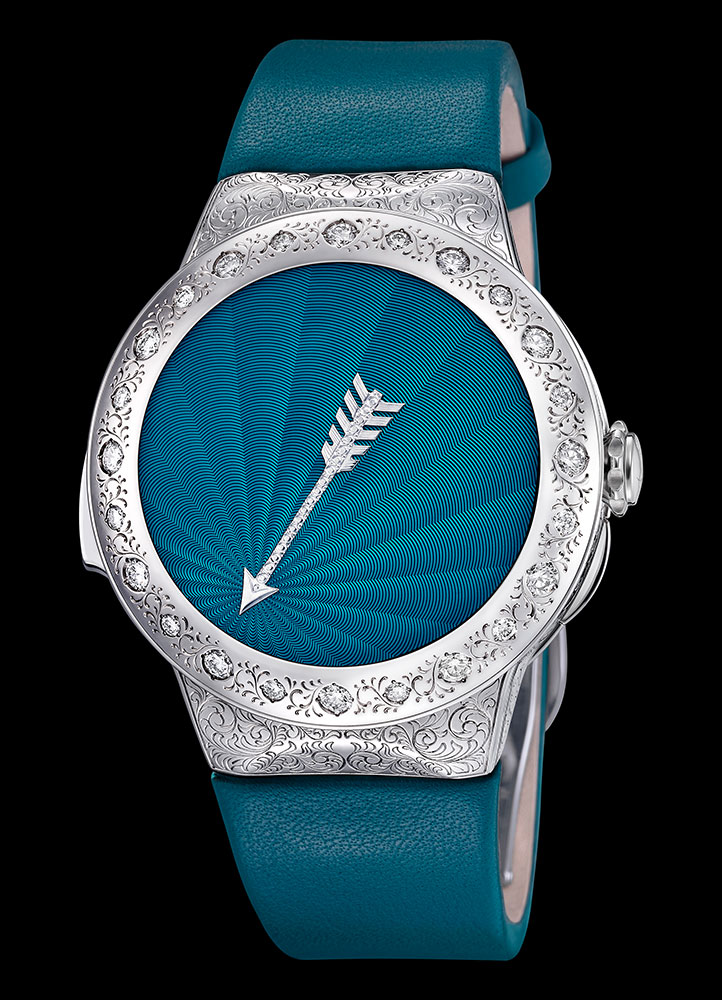 The detail of the historic tact watch inspired the pièce unique Minute Repeater Flying Tourbillon in 2023
The detail of the historic tact watch inspired the pièce unique Minute Repeater Flying Tourbillon in 2023 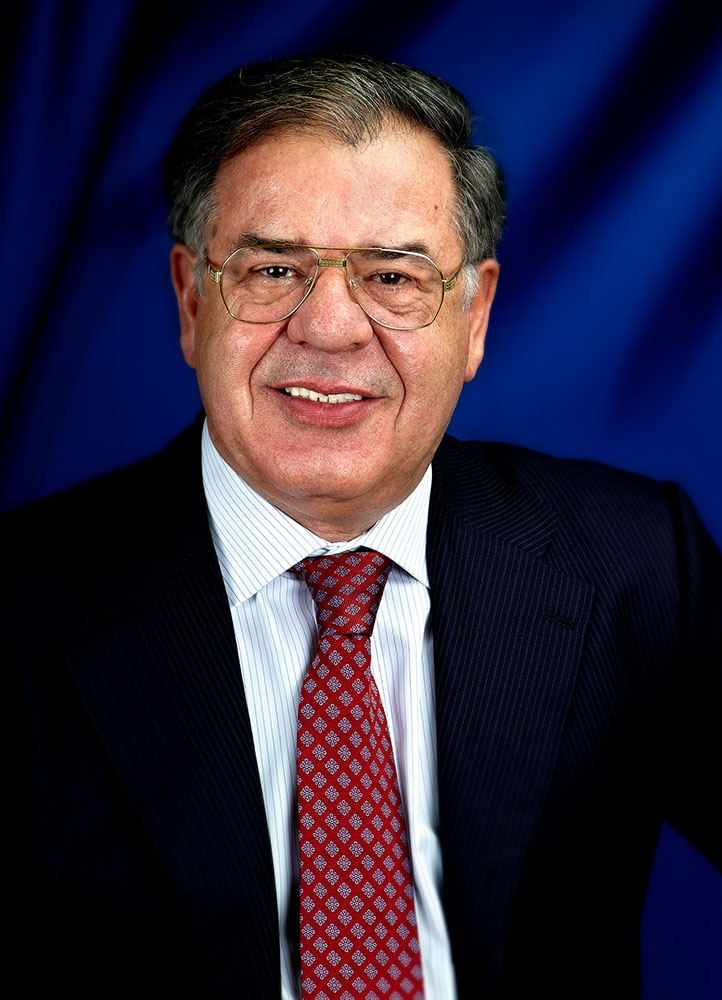 Miguel Rodríguez, current owner of L.Leroy, and President of Festina Group and Perrelet
Miguel Rodríguez, current owner of L.Leroy, and President of Festina Group and Perrelet 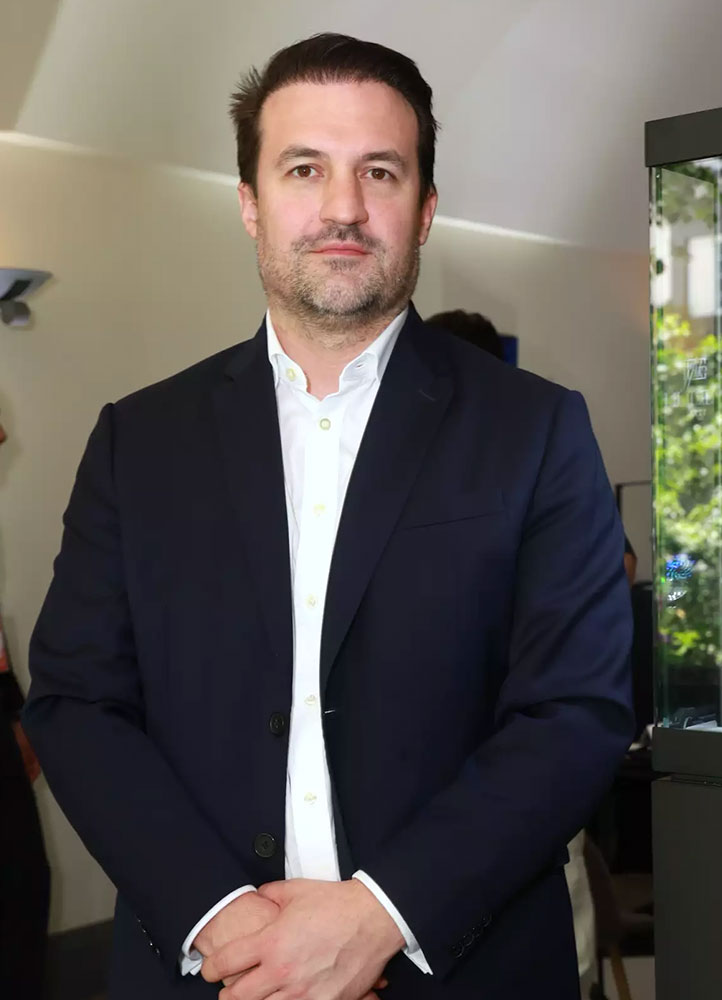 Hugo Lesizza, CEO of L.Leroy and Perrelet
Hugo Lesizza, CEO of L.Leroy and Perrelet
In 2025, beneath the arcades that once welcomed the brilliant Basile, L.Leroy rises anew. The Osmior line resurrects the grandeur of complex complications, while the Marine chronometers pay homage to the saline winds that first guided French galleons to empire. This dynasty, forged beside candlelit escapements, now advances with high complications and chronometric accolades, whispering an eternal covenant: time, measured not in fleeting seconds, but in the polished centuries of craftsmanship. We say: Stay attuned to a resurgence that promises to stir the soul and redefine the horological legacy born in 1785, during the most romantic era of watchmaking. Welcome back, L.Leroy.

